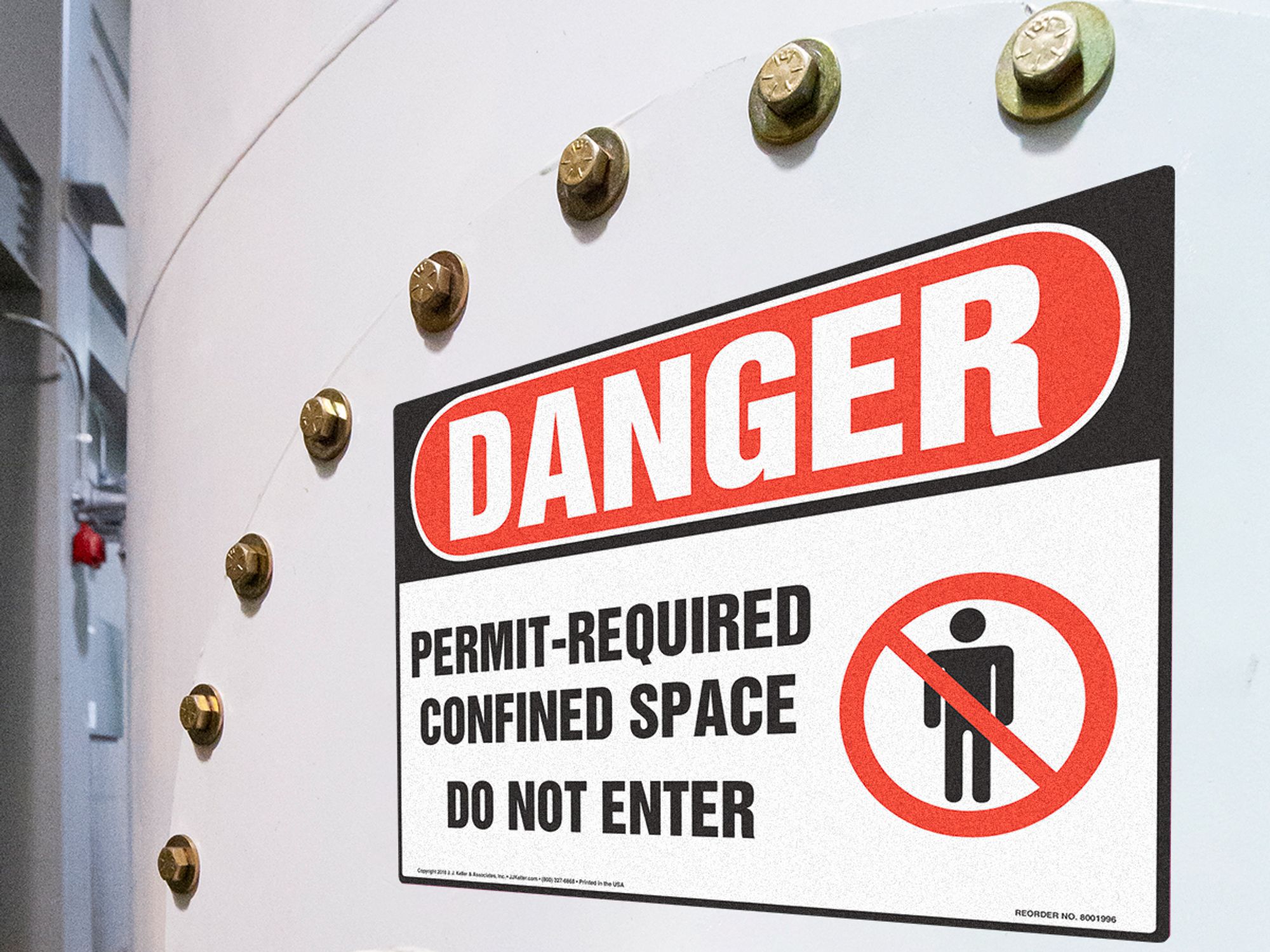Oxygen deficiency

- Oxygen deficiency is likeliest to occur in confined spaces, low-lying areas, and in poorly ventilated areas where another gas may displace oxygen (such as CO produced by a generator).
The oxygen content of normal air at sea level is approximately 21 percent. Physiological effects of oxygen deficiency in humans are readily apparent when the oxygen concentration in the air decreases to 16 percent. These effects include impaired attention, judgment, and coordination, as well as increased breathing and heart rate.
Oxygen concentrations lower than 16 percent can result in nausea and vomiting, brain damage, heart damage, unconsciousness, and death. To account for individual physiological responses and errors in measurement, concentrations of 19.5 percent oxygen or lower are considered to be indicative of oxygen deficiency.
Oxygen deficiency may result when oxygen is displaced by another gas or consumed by a chemical reaction. Confined spaces and low-lying areas are particularly vulnerable to oxygen deficiency and should always be monitored prior to entry. Qualified field personnel should always monitor oxygen levels and should use atmosphere-supplying respiratory equipment when oxygen concentrations drop below 19.5 percent by volume.
Asphyxiation is injury or death caused by the replacement of oxygen in the environment by another gas or vapor or by a chemical that keeps the body tissues from using oxygen. Carbon monoxide (CO) and benzene are examples of chemical asphyxiants.
CO is a poisonous, colorless, and odorless gas that is produced by the incomplete burning of fuel. Possible sources of exposure include emergency power generators used in poorly ventilated areas and gas-powered saws that need servicing.
Generators should never be used indoors or in enclosed spaces such as garages and basements. They also should not be used outdoors near doors, windows, and vents that could allow CO to enter. Opening windows and doors may not be enough to prevent CO from building up in those spaces
